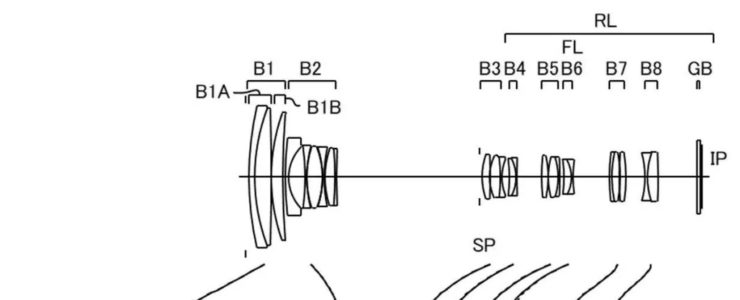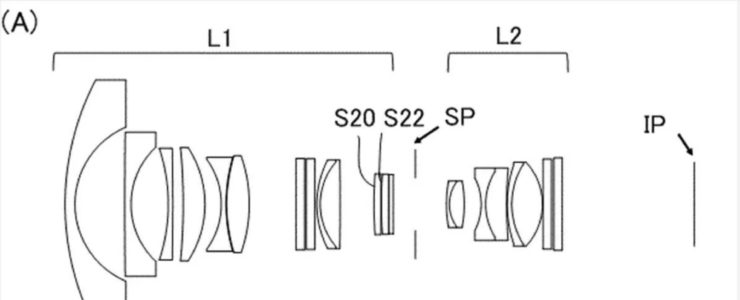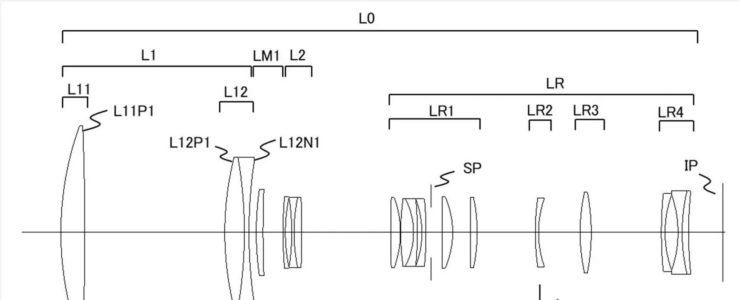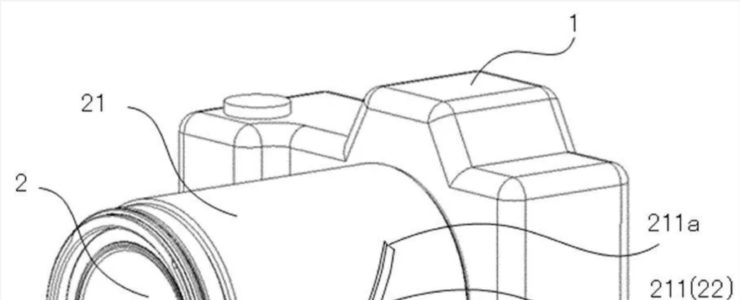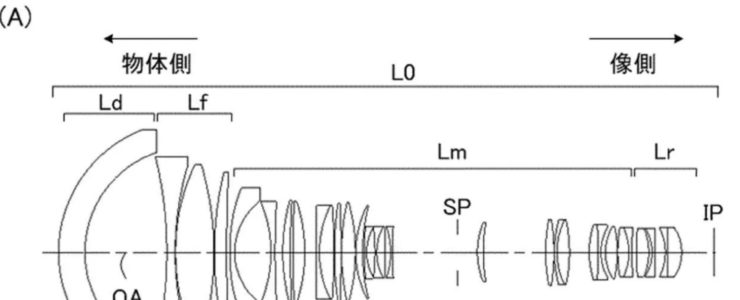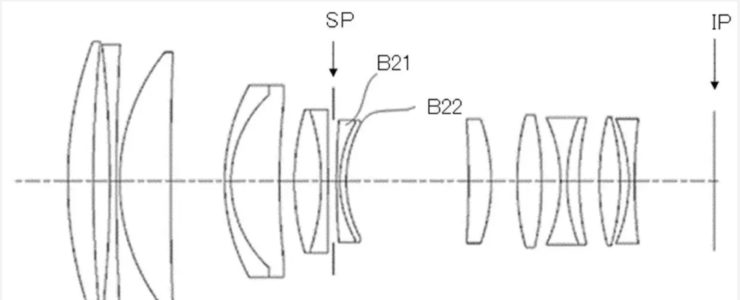Canon Patent: RF 30-600mm f/4-8 Zoom Lens For The EOS R System
Another day, another Canon patent for an RF lens .
Canon patent application 2022-29145 (Japan) discusses optical formulas for a RF 30-600mm f/4-8 überzoom lens.
PROBLEM TO BE SOLVED: To provide a zoom lens capable of achieving both a high zoom ratio and good optical performance while being compact, and an image pickup apparatus having the same.
However, in Patent Documents 1 and 2, although the zoom lens has a high zoom ratio and high optical performance, it does not satisfy the demand for miniaturization. In order to achieve this, it is important to properly set the zoom type and the moving lens group during zooming.
An object of the present invention is to provide a zoom lens capable of achieving both a high zoom ratio and good optical performance while being compact, and an image pickup apparatus having the same.
Embodiment
- Focal length: 30.50-585.00
- F value: 4.00-8.00
- Half angle of view: 35.35-2.12
- Image height: 21.64
- Overall length: 309.33-489.09
- Back focus: 29.33-102.45
Is this a zoom lens like the Sigma 60-600mm f/4.5-6.3? Wonder if this lens patent will ever hit the shelves.
More Canon patent applications are listed here. Some particularly interesting patent applications we think might get into production are these:
- Automatic shutter silencing based on subject and distance
- A bunch of prime lenses for the RF mount
- An improved Electronic Viewfinder
- Patent application for RF 50mm F1.4 and an RF 35mm f/1.4 lenses
- A zoom lens that might be for an EOS R with APS-C sensor
- A smaller IBIS unit.
- A cooling adapter for the RF mount (R5 overheating?)
- A bunch of macro lenses for the RF mount.
- A 8mm f/4 circular fisheye lens for the Canon EOS R system
- A battery grip that works with differently siszed cameras
- A 100-400mm f/5.5-7.1 lens for APS-C cameras. EOS M or DSLR?
- RF 17-70mm lens for EOS R system
- IBIS coming to the EOS M and PowerShot lineup?
- Patent Application: mirrorless camera with large display and virtual control wheel
- Patent Application: IBIS and Lens IS Working Together
- Patent application for high speed mirror movement and control
- Patent application for an RF 14-28mm f/2 lens
- Patent application for an RF 50mm f/1.8 lens
- Patent application for a smart lens cap
- Patent application for celestial auto-focus
- Patent application describing a Pop-Up Flash With LED
- Patent application describing the optical formula for a RF 70-300mm F/4-5.6 IS lens for EOS R systems
- Patent application describing how to improve burst rate by compressing raw files
- Patent application describing a new way to review photos from a sequential shot
- Patent application that describes technology to improve wireless communication while reducing power consumption
- Patent application to spot and reduce moire artefacts in image data
- Patent application for weather sealed lens adapter
- Patent application for AI powered predictive camera control system
- Patent application for 18-55mm kit lens with LCD display
- Patent application to reduce noise in image files
[via asobinet]

